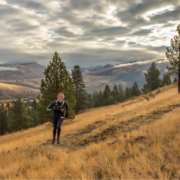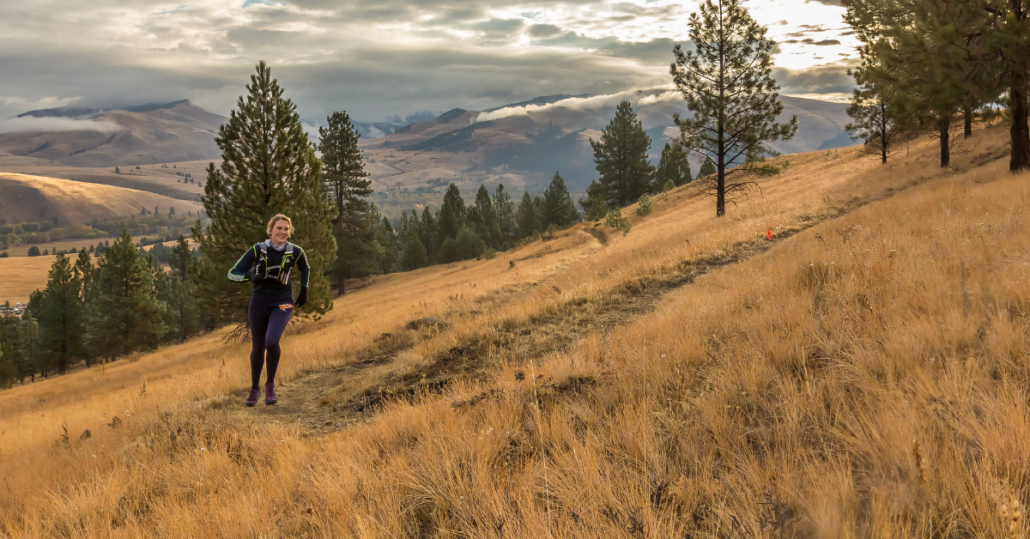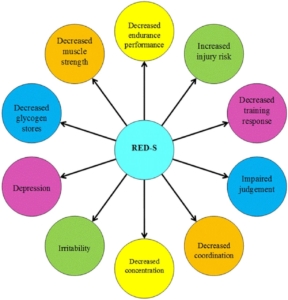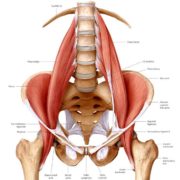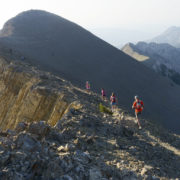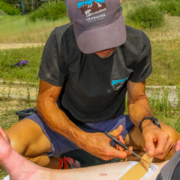Evie Tate, PT, DPT
Sapphire Physical Therapy
Bone stress injuries (BSI) or “stress fractures” are one of the more common running-related injuries seen in female runners (1,2). These injuries occur when our bones are broken down faster than they can be rebuilt. There are a few reasons why runners are more susceptible to BSIs, some of which being the repetitive, uniform loads applied through bones with each step and the perception that “lighter is faster” in regards to body weight. This is where Relative Energy Deficit Syndrome (or RED-S) comes into play. RED-S looks at all the systems in the body that can be negatively impacted when we do not take in the same amount of energy (i.e. food) that we are expending (3).
One of the things that can happen when someone is experiencing RED-S is that they can develop low bone mineral density, which in turn can increase the risk of developing a BSI (3). As you can see in the graphic below, when someone is dealing with this energy imbalance, it can have major implications not just on bone, muscle and tendon health, but also on mental and emotional health (3). Common signs and symptoms of RED-S include disordered eating, amenorrhea in females, low testosterone in males, fatigue, and depression/anxiety (3). It is important to understand that RED-S can negatively impact you both athletically and in your day-to-day life.
When working to improve bone mineral density and address signs of RED-S, it is important that you use a multi-disciplinary approach. This means, you may work with a physical therapist, dietician, primary care physician, and/or a psychologist. It is also important that each member of your care team communicates and is working together.
From a physical therapy perspective when combatting low bone mineral density, it is important to incorporate strength training and plyometrics, or jump training. In order for strength training exercises to be most beneficial for improving bone mineral density, you must be lifting heavy weights, not just performing body weight exercises (4). Heavy strength training has been shown to be more beneficial for improving bone mineral density than bodyweight exercises alone (4). Once your physical therapist feels you are ready, you should incorporate plyometrics into your routine. Jumping, when added in conservatively and progressively, can aid in improving bone mineral density as well (5).
A key takeaway is that while running is a wonderful sport, it can quickly move across the spectrum from helping your physical and mental health to hurting it. Ensure you are taking the steps to protect yourself and incorporate strength training and plyometrics in your routine!
For more information regarding RED-S in endurance athletes, join us on Saturday, April 10th for our Women’s Running Clinic virtual seminar. We have speakers across the community discussing various topics related to all things running, including disordered eating and REDS in runners. Register here: https://runsignup.com/Race/MT/Missoula/WomensRunningClinic
References:
1 Mountjoy M, Sundgot-Borgen J, Burke L, et al. The IOC consensus statement: beyond the Female Athlete Triad—Relative Energy Deficiency in Sport (RED-S). British Journal of Sports Medicine. 2014;48(7):491-497. doi:10.1136/bjsports-2014-093502
2 Wentz L, Liu P-Y, Haymes E, Ilich JZ. Females Have a Greater Incidence of Stress Fractures Than Males in Both Military and Athletic Populations: A Systemic Review. Military Medicine. 2011;176(4):420-430. doi:10.7205/milmed-d-10-00322
3 Mountjoy, M., Sundgot-Borgen, J. K., Burke, L. M., Ackerman, K. E., Blauwet, C., Constantini, N., … Budgett, R. (2018). IOC consensus statement on relative energy deficiency in sport (RED-S): 2018 update. British Journal of Sports Medicine, 52(11), 687–697. doi:10.1136/bjsports-2018-099193
4 Mosti, Mats P, Trude Carlsen, Elisabeth Aas, Jan Hoff, Astrid K Stunes, and Unni Syversen. 2014. “Maximal strength training improves bone mineral density and neuromuscular performance in young adult women.” The Journal of Strength & Conditioning Research 28 (10):2935-2945.
5 Vlachopoulos D, Barker AR, Ubago-Guisado E, Williams CA, Gracia-Marco L. The effect of a high-impact jumping intervention on bone mass, bone stiffness and fitness parameters in adolescent athletes. Archives of Osteoporosis. 2018;13(1). doi:10.1007/s11657-018-0543-4

